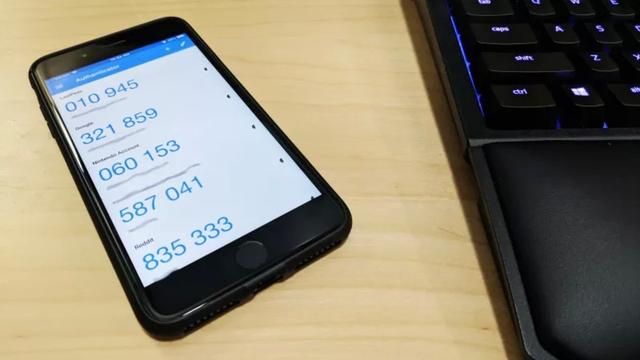Record body temperature on your smartphone with sound waves instead of paper and pen (Mynavi News) --Yahoo! News
delivery
3 comments 3OMRON's "MC-6800B Kenon-kun" (which casually hides blood pressure, which is extremely sensitive personal information)

Finished the third vaccination. In 2021, both the first and second times were Pfizer, and this time, after the arrival of the inoculation ticket from the local government, we inoculated Moderna at the SDF Tokyo large-scale inoculation site in Otemachi, which was the earliest to make a reservation. It is a so-called alternate inoculation. As for reservations, I was able to make reservations smoothly on the dedicated internet site. For those who can make reservations on the Internet, using the Internet as much as possible should make it easier for elderly people who can only make reservations by telephone. The side reaction that I was worried about after the thermometer inoculation, which sends the measurement data to the smartphone by sound wave, was a little painful because it was different from the first and second Pfizer inoculations. The fever started to appear around 24 hours later, and started to drop to a peak of 38.4 degrees around the 30th hour, but pain like muscle pain in the body, pain in the injection mark, fatigue, etc. began to occur the next day, about the day after next. Continued until. Is it about the 4th day after inoculation that the body returned to normal operation? I got information from my friends and acquaintances who inoculated earlier, so after inoculation, I frequently measured my body temperature and watched. I use an OMRON thermometer to measure my fever. I have a product called "MC-6800B Kenon-kun", which is a predictive type that can measure the temperature in about 15 seconds. I bought it because I had to worry about my body temperature because of Korona-ka. It is useful because it is not as about as non-contact ones and can be measured in a relatively short time. After the measurement, this thermometer can transfer the result to the smartphone app using sound waves. After the measurement, it automatically enters the communication mode and a low noise is emitted from the thermometer body, so just let the app listen to it and the result will be transmitted instantly. When you start the measurement, take out the smartphone, open the application, and by the time you enter the additional mode, the measurement is completed, so the result will be transferred as it is. It's really easy. Health data is extremely sensitive personal information. The good thing about this method is that you don't need to pair and link the thermometer and smartphone with Bluetooth. As a health device of the company, I also use a sphygmomanometer, but this can be linked with user 1 and user 2, and each is paired with Bluetooth. If you switch the switch incorrectly, the blood pressure monitor will update the data of others. Data can be collectively transferred once a week or once every 10 days for transmission of measurement results after pairing. This is because the main unit has a mechanism to transfer the memory of the result. That's why you have to carefully check if the user is set correctly before measuring. On the other hand, sound wave transmission needs to be transferred immediately after measurement. Instead, it is not necessary to perform pairing etc. in advance. In other words, instead of posting the result on paper with a pen, you just send the result to the app with a sound wave immediately after the measurement. At least, unless you live alone and have your own health equipment, most of the time it's something you share with your family. Considering that there are mistakes such as switching, it is convenient to transfer each time by this sound wave. Even if 100 people take turns and measure their body temperature, there is no mistake with this method. If you can check your daily records on your favorite device, it's even better to use the dedicated app "OMRON connect". This is a specification that can't be helped in this era. First, the measurement data is stored locally in one specific terminal. Basically, you can't see the data from other unpaired devices. The data can be output to a CSV file and sent by e-mail, so if absolutely necessary, you can refer to it using that function and graph it in Excel. Since the data itself is synchronized with a service called "OMRON connect cloud", it seems that the same data can be accessed from anywhere, but it is not "officially" like that (back-up in an emergency). Positioning). However, normal pairing is one-to-one, but data can be recorded and referenced on any device as long as it is sonic transmission. I wish I could do something like watching the health data of elderly people in remote areas with a more understandable UX, but that seems not to be expected. In addition, measurement data can be shared between apps by using the linked app / service function, but the data that can be linked is limited. For example, on an Android smartphone, only weight data from a body composition monitor can be linked with Google Fit. On the other hand, there is quite a lot of data that can be output to Apple's healthcare. It seems that there are various restrictions because it is extremely sensitive personal information, but I would like to be able to operate it a little more flexibly. Korona-ka seems to have promoted DX in the medical field, but there are still many parts that rely on the human power of the field. At the very least, I hope DX will be promoted more aggressively for recording various basic data. Author: Shohei Yamada As a freelance writer since the dawn of personal computers, he has contributed articles related to smart life to various newspapers. From hardware, software, the Internet and cloud services to mobile, audio and gadgets, he continues to pursue new norms while proposing smart lifestyles. Authors of Impress's "Can Do Internet" and "Can Do Outlook".
Shohei Yamada
Last updated: Mynavi News
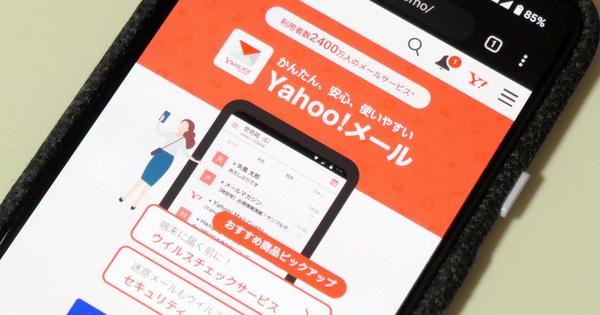
![10th generation Core i5 equipped 9.5h drive mobile notebook is on sale at 50,000 yen level [Cool by Evo Book] 10th generation Core i5 equipped 9.5h drive mobile notebook is on sale at 50,000 yen level [Cool by Evo Book]](https://website-google-hk.oss-cn-hongkong.aliyuncs.com/drawing/article_results_9/2022/3/9/4a18d0792cae58836b71b9f591325261_0.jpeg)
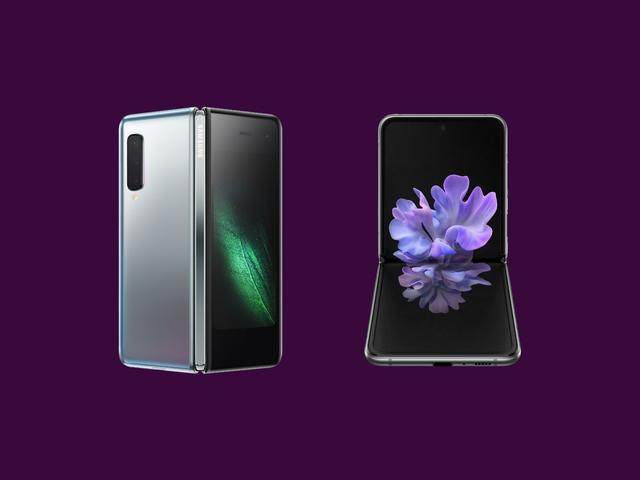

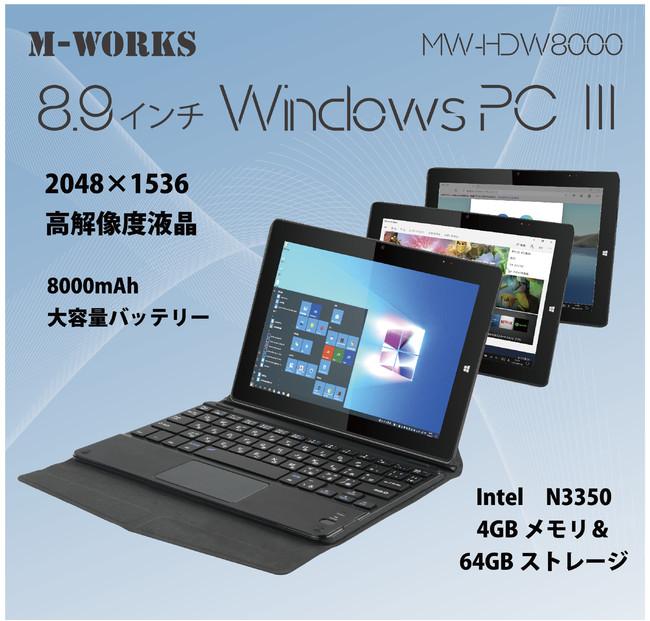
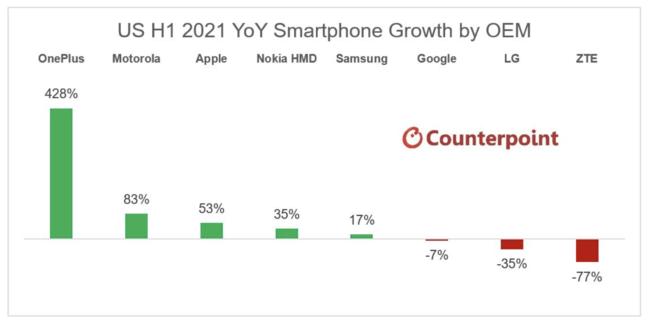
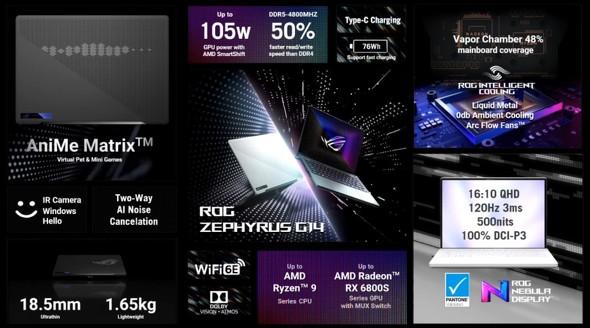
![[Amazon time sale in progress! ] 64GB microSD card of 1,266 yen and wireless earphone with noise canceling function of 52% off, etc. [Amazon time sale in progress! ] 64GB microSD card of 1,266 yen and wireless earphone with noise canceling function of 52% off, etc.](https://website-google-hk.oss-cn-hongkong.aliyuncs.com/drawing/article_results_9/2022/3/9/c88341f90bab7fe3ce1dc78d8bd6b02d_0.jpeg)
